treegump
Romans 3:22-24
Traded my 04 Suburban + $1k for an 2006 F350 Lariat supercab flatbed 4x4 auto with 212k miles. It's a cab & chassis body with the fuel tank behind the rear axle.
According to the PO - motor has been bulletproofed, egr deleted, and couldn't get started. PO thought it was an injector driver but my buddy popped an injector plug into a back injector and it fired right up! Drove it an hour home without a front wheel-well cover or title and with an upper radiator leak.
Inside cab smells like farm and mouse droppings. Plan to clean it up and vacuum out as much as I can before driving it. Armorall the entire thing since it's all vinyl.
Changed batteries when we got it back into town. Ran to the car wash and washed it down good. Shifted funny after that - turbo kept winding up. Friend said that he may have gotten water in a sensor somewhere.
It's sitting in my yard until I can do a trans fluid top off, oil change, and fuel filter changes. Also ordered a 04 solid aluminum radiator for $300.
Will need front tires relatively soon - but I think I can wait till closer to winter for the rear tires. Will also need a carrier bearing.
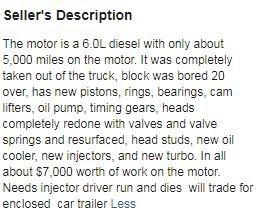
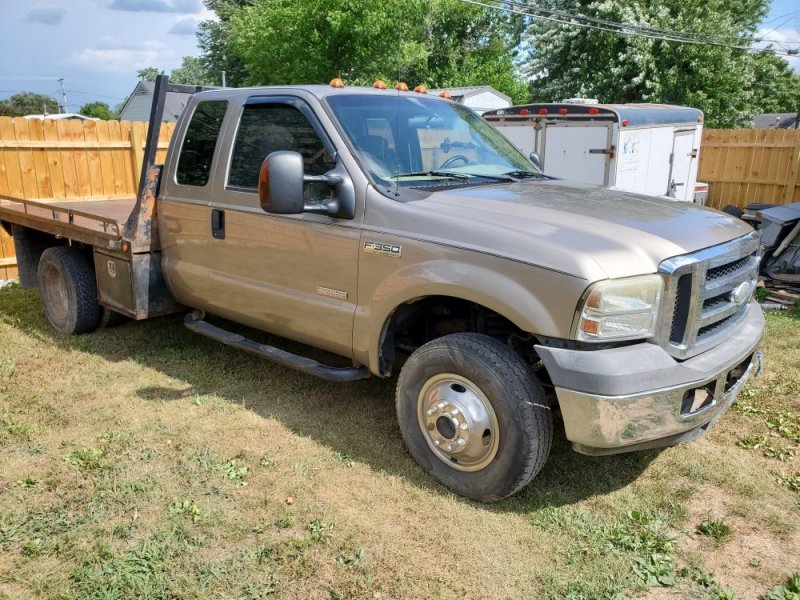
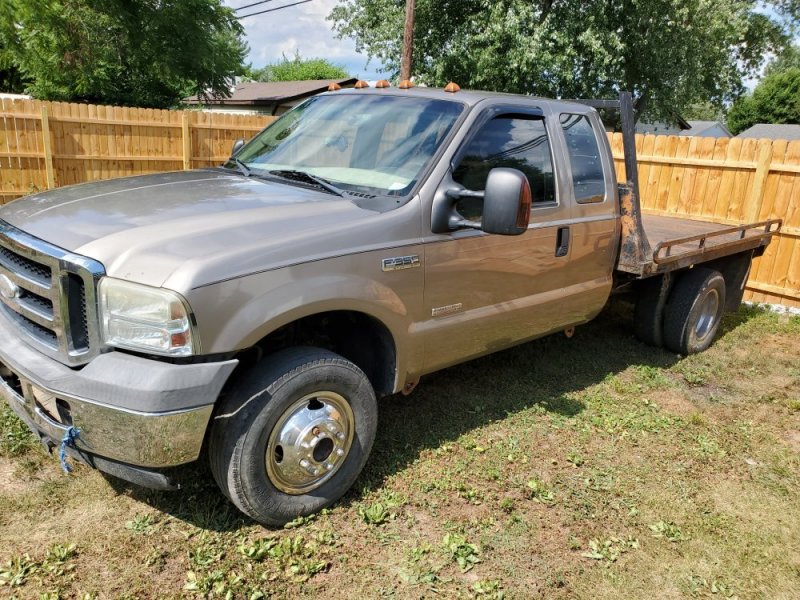
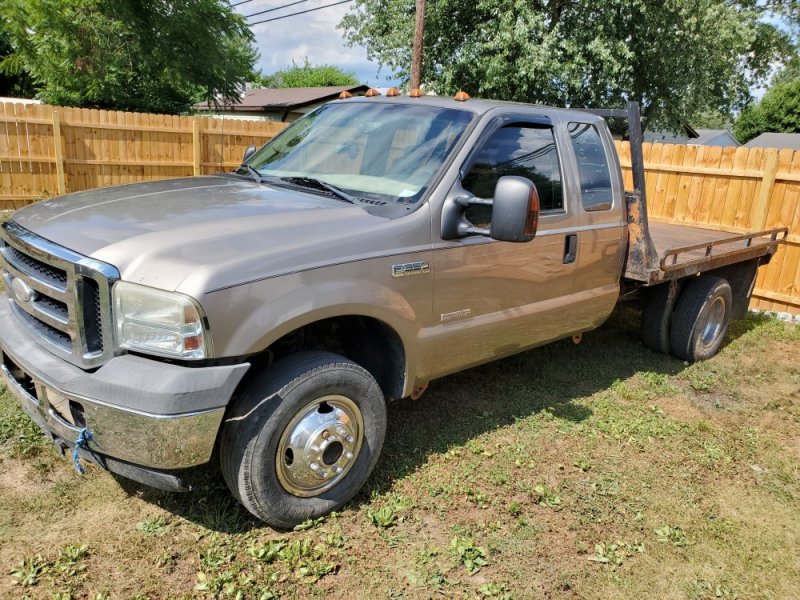
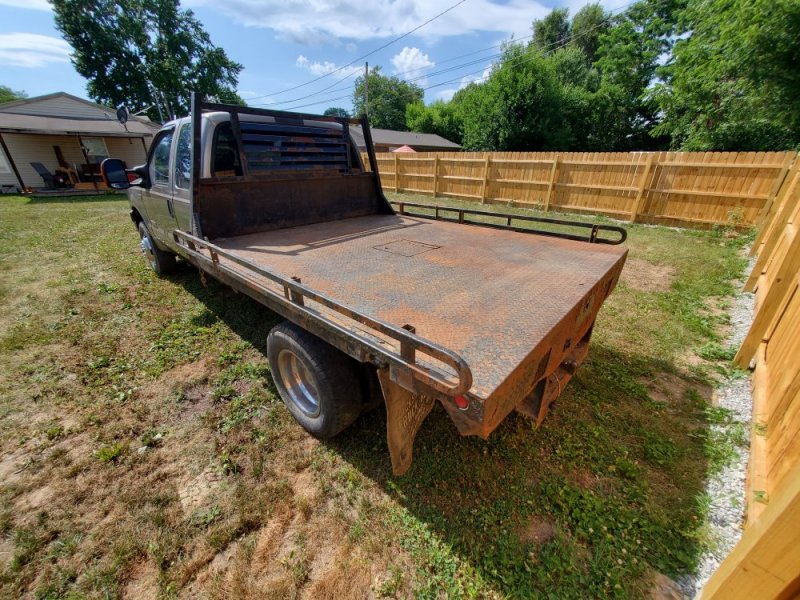
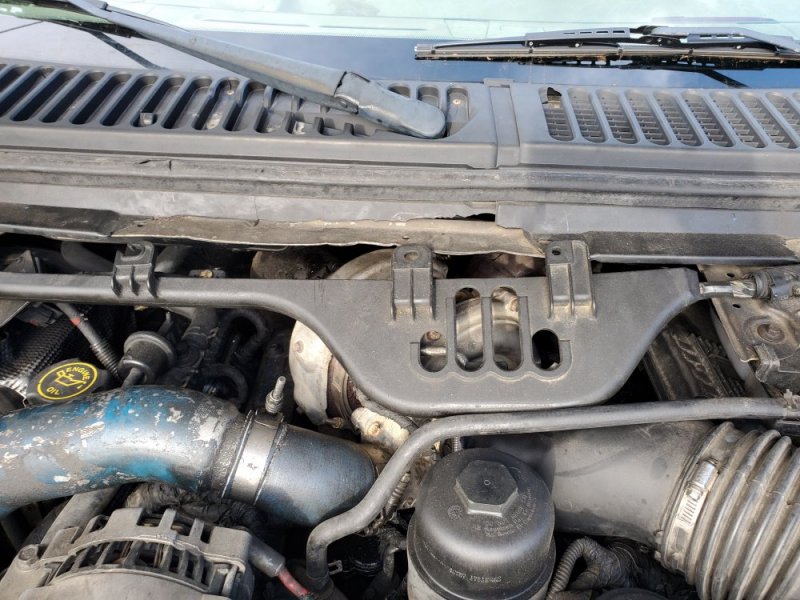
According to the PO - motor has been bulletproofed, egr deleted, and couldn't get started. PO thought it was an injector driver but my buddy popped an injector plug into a back injector and it fired right up! Drove it an hour home without a front wheel-well cover or title and with an upper radiator leak.
Inside cab smells like farm and mouse droppings. Plan to clean it up and vacuum out as much as I can before driving it. Armorall the entire thing since it's all vinyl.
Changed batteries when we got it back into town. Ran to the car wash and washed it down good. Shifted funny after that - turbo kept winding up. Friend said that he may have gotten water in a sensor somewhere.
It's sitting in my yard until I can do a trans fluid top off, oil change, and fuel filter changes. Also ordered a 04 solid aluminum radiator for $300.
Will need front tires relatively soon - but I think I can wait till closer to winter for the rear tires. Will also need a carrier bearing.







